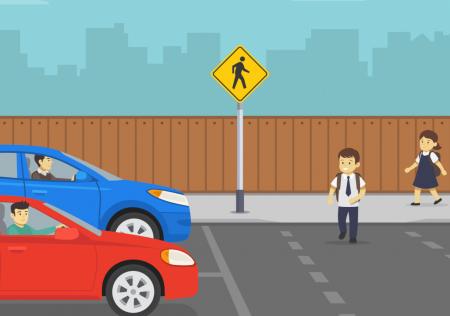
School zone safety tips
With transport authorities aiming to get more kids walking and biking to school, Rob Proctor explains that drivers need to take extra care around school zones and be ready for the unexpected.

- Many school zones already have lower speed limits signposted at the start and end of the school day, and in the years ahead all schools will have reduced speed limits around them.
- Look out for any school speed zone signs and slow down as needed. School zones may have standard road signs, electronic signs or road markings on their borders, but you can also look for the flow of children cycling and walking toor from school and reduce your speed accordingly.
- When passing a school bus with children present, the speed limit is 20kph in both directions of where the bus is stopped. Check your speed when entering a school zone and check again while passing parked school buses.
- When you’re approaching a school crossing, anticipate pedestrians from either side and drive with caution. There may be a school patrol manning the crossing to control the flow of pedestrians and vehicles. Parked cars near the crossing can block a driver’s view of children waiting to cross, so look for children’s shadows and move your car toward the centre of the lane if practical. Also keep an eye out for signs of activity within parked cars, as a door may open without warning.
- If you’re dropping your own children off, ideally have them exit the car via the kerbside. If they do need to exit via the road side, show them how to do this safely using the ‘Dutch Reach' of looking over their shoulder for bikes and vehicles passing before opening the car door. Alternatively, open the door for them and escort them safely to the footpath.
- If your route to work unavoidably takes you through a school speed zone, scan ahead, slow down and drive to the conditions. A safe speed may be below the posted limit.
Reported by Rob Proctor for our AA Directions Autumn 2022 issue
